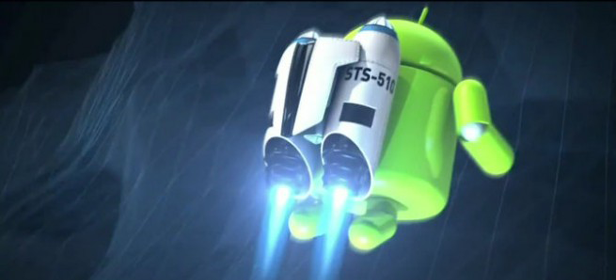Early in the 60’s, when the space race began, achieving the processing power that we have today on a smartphone would have required computers that would have taken up several rooms. Thanks to modern technology, the Surrey Space Centre and the company Surrey Satellite Technology Limited will launch the British-made Strand-1 into space towards the end of this month, sporting a Google Nexus One among its components, with hopes of it being able to take complete control of the satellite at some time during the six-month mission.

One of the chief engineers of the project, Doctor Chris Bridges, says that the Nexus One device hasn’t been modified in any way, and that it will be an interesting test to see how well day-to-day electronic devices work in certain conditions. The phone hasn’t been taken apart so as to be integrated with the rest of the electronic devices, but rather the phone has been left intact. It is connected to one of the satellite’s USB ports, although a completely personalized software will be used for the different tasks it will perform.
During the first part of the mission, the phone will work only as a camera to take images of the moon, similar to other recent experiences in which an Android device went to space, and a high-capacity computer based on Linux will be in charge of controlling the satellite. After going through several tests, the smartphone will take complete control of the space satellite for the first time.
The Strand-1’s Nexus also has a series of apps installed titled “For Science and Research,” among which the app, “Scream in Space,” from the University of Cambridge, plays videos of people screaming, in reference to the famous promotional phrase from the movie Alien, “In space, no one can hear you scream.” Let’s hope that no alien like the ones in the movie can hear them.











